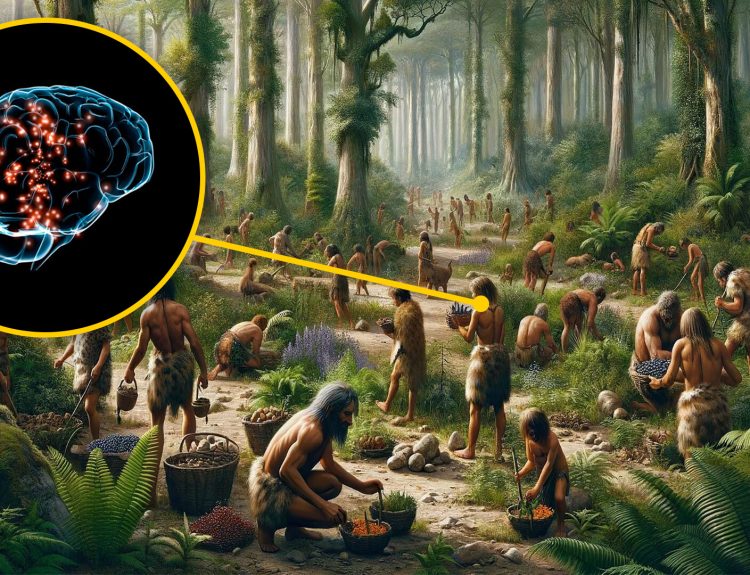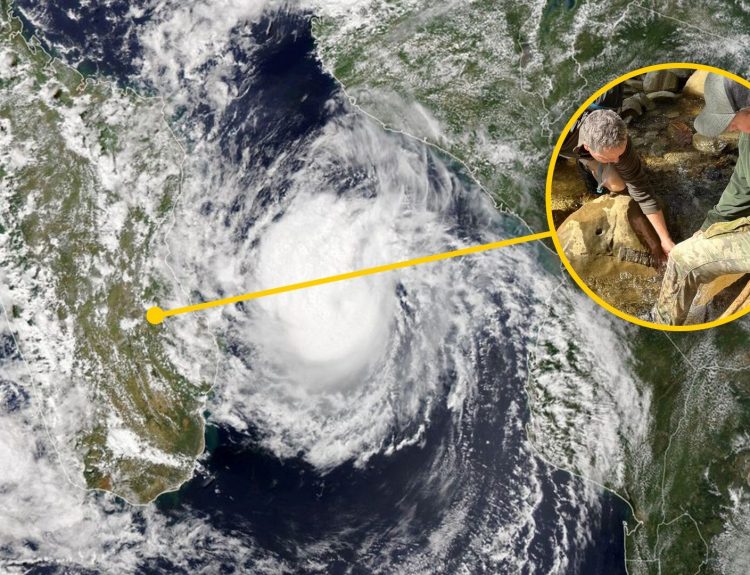The books used in U.S. schools are teaching kids and teens old ideas about sex and gender, according to research.
A fresh study in the Science Journal checked out six of the most popular high school biology textbooks in the U.S. They mix up sex and gender, even though scientists see them as different things.
Revising Textbook Gender Assumptions
Instead, these textbooks are all about this “essentialist” idea of sex and gender, meaning they think men and women are totally different and you can’t switch between them.
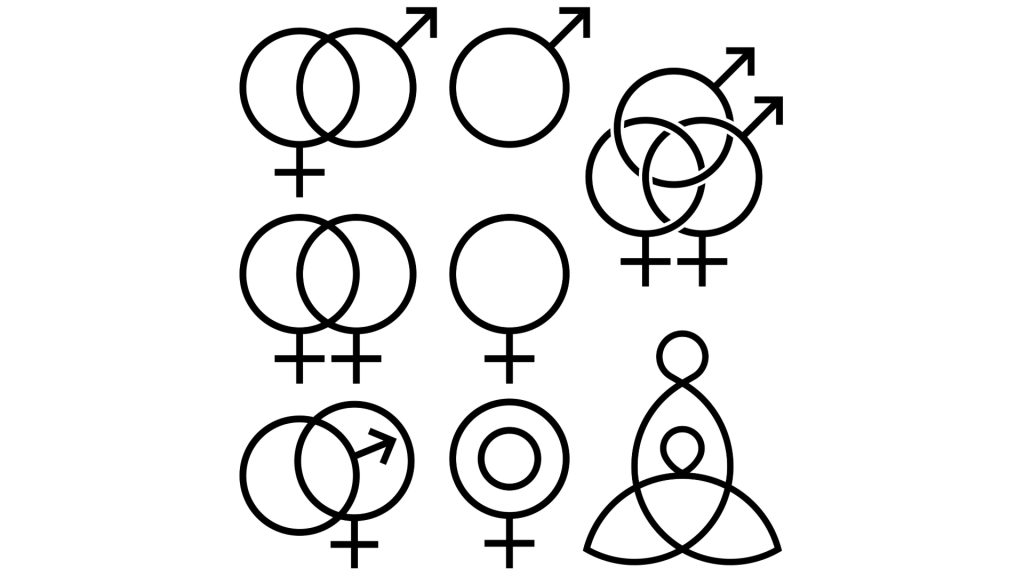
But, guess what? That kind of thinking might make women and gender non-conforming folks feel left out or treated unfairly.
Challenges In Gathering Textbook Data
During the course of the research, the researchers found that textbook companies don’t share how many schools or students use their books.

So, they had to look at state and county education board websites to find out which textbooks were used in California, Texas, New York, and Florida. They chose these states because they have a lot of students.
Populous States Influence Book Decisions
Since these states have the most people, they have a big say in which textbooks get used all over the country. They looked at information from these states to find six textbooks from 2009 to 2016.

They figured out that these textbooks are used in about 66% of high school biology classes across the United States. Out of all the chapters in these textbooks, they found 10 chapters about genetics that talked about sex or gender.
Lack Of Clarity In Textbook Discussions On Sex And Gender
Then, the researchers found 362 paragraphs in these 10 chapters that talked about sex or gender words. Even though the words were sometimes used in unclear ways, they could still see if they talked about sex and gender separately.
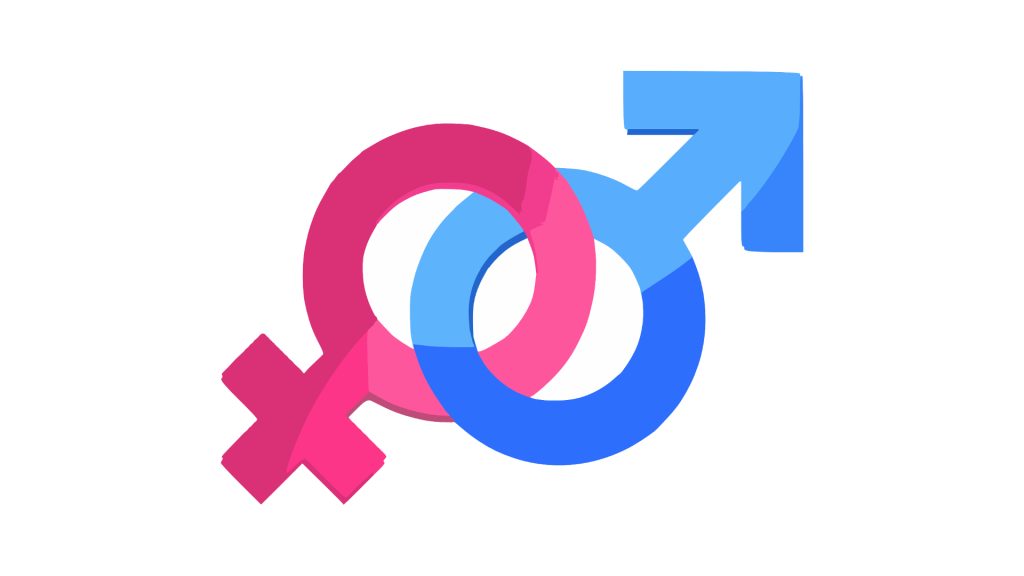
Out of these 362 paragraphs, none of them made a clear distinction between sex and gender. This means the textbooks mix up a biological thing (sex) with a social thing (gender).
It Should Have No Place In The Curriculum
According to a statement from Brian Donovan, a senior research scientist at BSCS Science Learning, a nonprofit organization in Colorado Springs, their study indicates that the content found in school textbooks could potentially introduce essentialist ideas to adolescents, even if it’s not done on purpose.

“It’s not unusual for textbooks to discuss ideas that were considered accurate earlier in the history of science and are now known to be incomplete. But essentialism is not a scientific model-it’s an overly simplistic lay view that is at odds with the scientific consensus on sex and gender,” Donovan said. “It should have no place in the biology curriculum.”
Biology Textbooks Miss Sex/Gender Distinction
The research focused on six textbooks published from 2009 to 2016, which are used in roughly two-thirds of high school biology classes in the U.S.

They found that none of these textbooks explained the distinction between sex and gender. This goes against the scientific understanding that sex is biologically determined while gender is influenced by societal factors.
Understanding Sex And Gender: Important Differences
Scientific research on sex and gender clarifies that although they are commonly used interchangeably, they actually represent distinct aspects of identity.
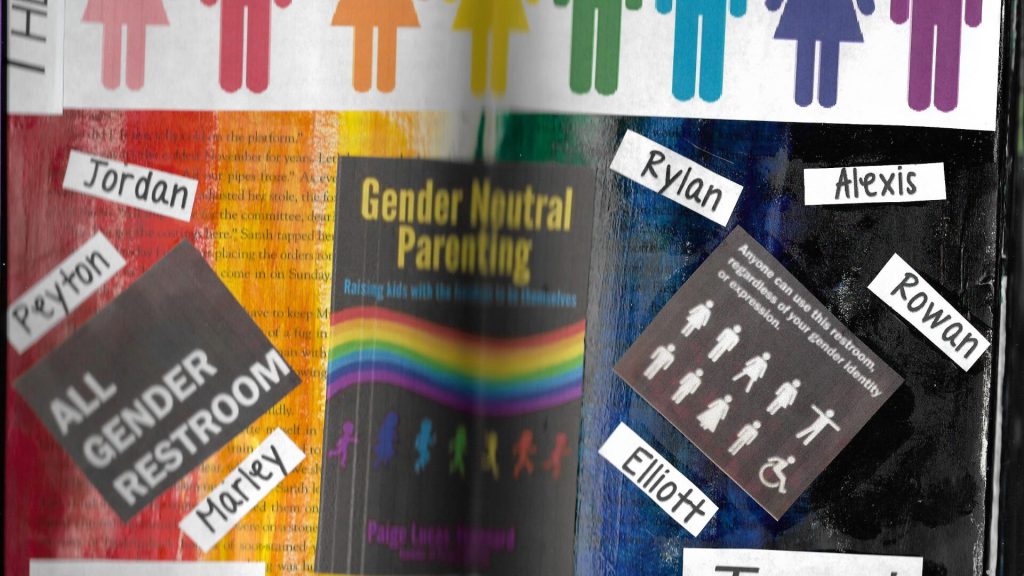
Sex usually refers to the biological traits that distinguish male and female bodies, including reproductive organs, chromosomes, and hormones.
Exploring Sex, Gender, And Society’s Influence
Most individuals are typically classified as either male or female based on their physical characteristics. However, there are exceptions. For example, intersex individuals may have variations in their physical traits that do not conform to the usual definitions of male or female.

Gender, unlike sex, is shaped by society and culture. It includes the roles, behaviors, activities, and characteristics that a particular society believes are suitable for men, women, and individuals with different gender identities.
Understanding Gender Identity And Society Labels
Gender identity is how people see themselves and what they call themselves. It might match or be different from the sex they were told they were when they were born.
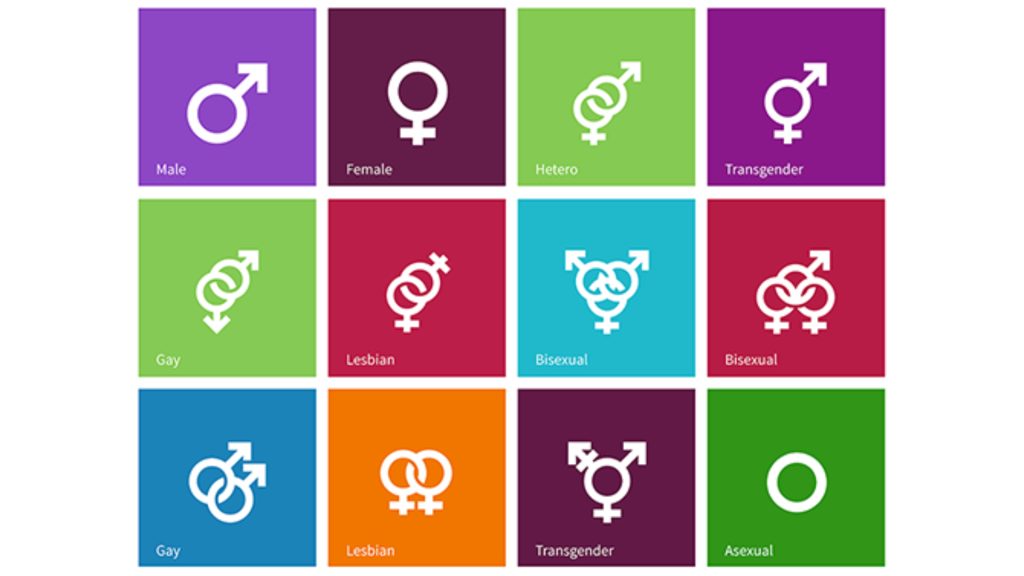
Gender identity can be different for everyone and might include being a boy, a girl, or something else like non-binary or genderqueer. So, while sex is about the body, gender is about how society sees and labels people.
Descriptions Of Sex And Gender Doesn’t Align With Scientific Idea
While they usually match up (like someone born female usually sees themselves as a woman), they are not always the same. People can sometimes identify with a different gender than what they were born as.

The paper’s co-author Catherine Riegle-Crumb is a professor in the College of Education at the University of Texas at Austin. In the statement, she mentioned that the narratives on sex and gender in textbooks align more with essentialism than with the scientific consensus on these subjects.
A Common But Wrong Belief
Essentialism is a common but wrong belief that there’s a genetic “essence” that makes men and women different in every way. It suggests men and women are completely separate groups in terms of their bodies, minds, and behaviors. However, science has shown this idea is incorrect.
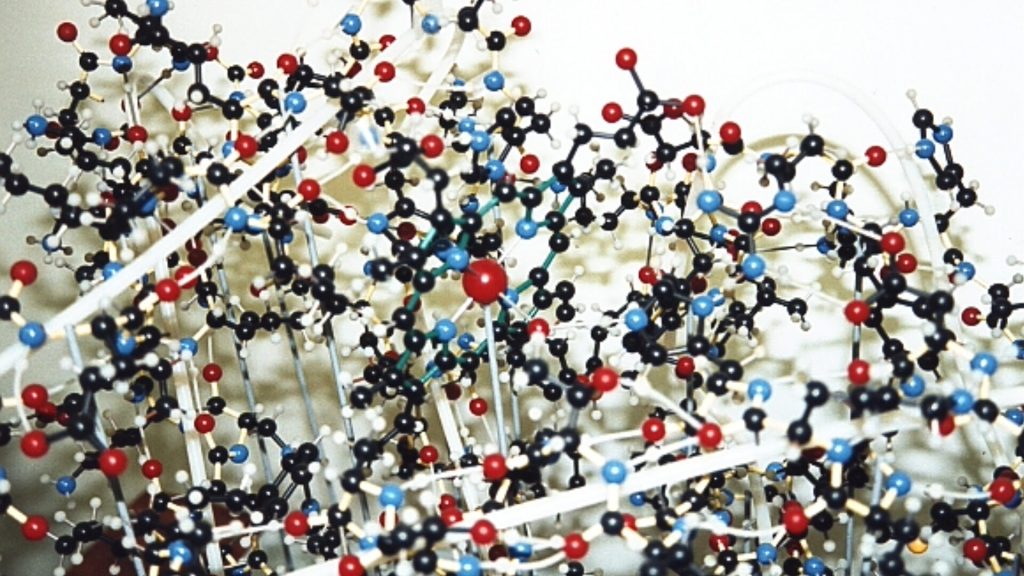
The textbooks also say that differences within and between genders are because of genes in the sex chromosomes. But this is wrong too because other factors, like the environment and non-sex chromosomes, also play a part.
Addressing Harmful Gender Stereotypes In Education
The researchers fear that teaching kids and teens these essentialist ideas could lead to problems for both those who fit traditional gender roles and those who don’t. This could include things like stereotypes about gender and treating people unfairly based on their gender identity.

Paper co-author Andrei Cimpian, a professor in the Department of Psychology at New York University, emphasized the importance of updating the high school biology curriculum with accurate scientific information instead of old ideas that could encourage stereotypes and discrimination.
Hate Crimes Are On The Rise
Talking bad about transgender people and making laws against them has led to more violence. The FBI says hate crimes based on gender identity went up by 33%.

Nex Benedict, a non-binary teen was bullied at Owassa High School in Oklahoma because they were transgender according to his mother, Sue Benedict. They were assaulted in a bathroom and died the next day.




